I am certain that you will love this very easy recipe for Mixed Berry Jam. We make it with four berry varieties - raspberries, blackberries, strawberries and blueberries and the vibrant flavours are captured in the jam. No pectin is required for this delicious, soft set jam. With this recipe, you will discover how easy and pleasurable it is to make your own jam. This is one of the best ways to preserve berries so that they can be enjoyed throughout the coming months.
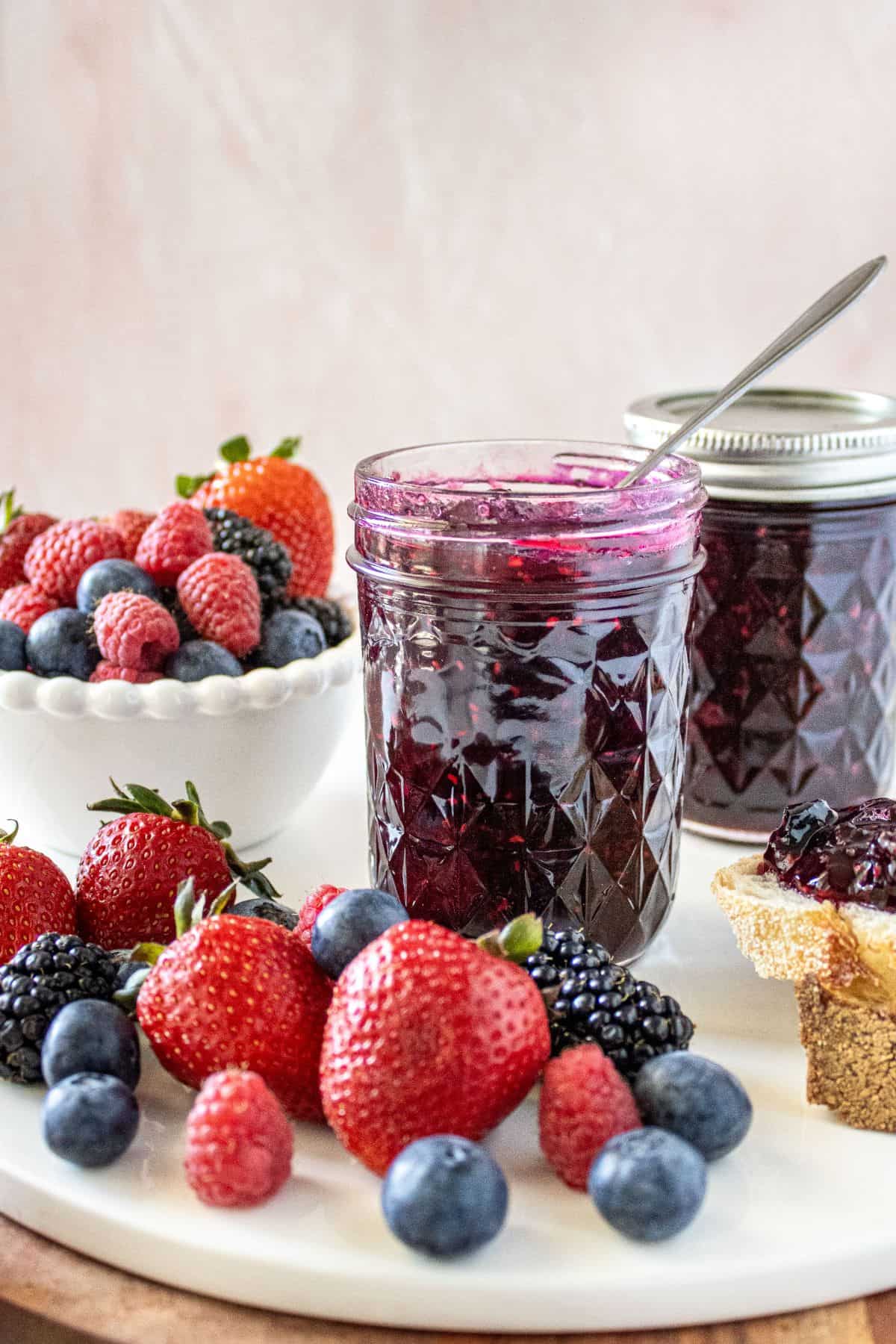
Why You'll Love This Recipe:
- If you feel that it is difficult to make jam, let me assure you that it is not. I will show you how easy it is to make with step-by-step instructions.
- You will discover that the clean, fresh flavours of homemade jam are superior to shop-bought. There are no unwelcome additives, artificial preservatives or thickeners that you may find in a jar of commercially prepared jam. For me, one of the most important aspects of home cooking is that I control the quality of the ingredients.
- There are so many ways to enjoy the jam. We have a few suggestions further down, but really, you are only limited by your imagination.
- It is a great way to preserve some of nature's seasonal bounty to enjoy throughout the months ahead - if you can resist keeping the jam that long!
- Using just a few ingredients, the natural flavour of the berries shines through.
Recipe Inspiration: jam making has been in my family for generations. When I discovered how easy it is and how much pleasure I receive from making my own produce, I was delighted to continue the tradition, and share the recipes with you also!
Ingredients and Substitutions:
Please see the recipe card further along in the post for exact quantities of ingredients and the full method.
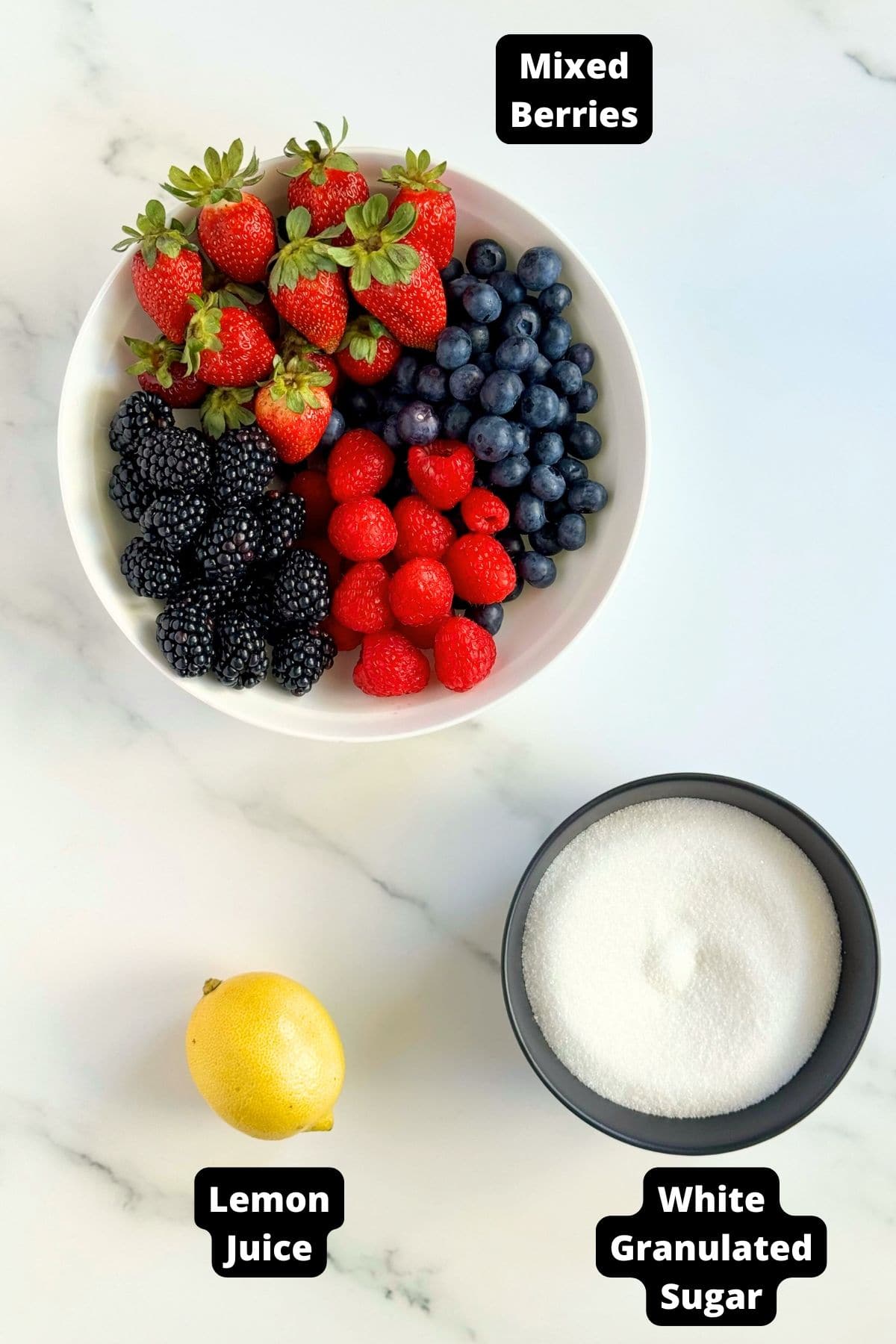
- Raspberries - when selecting fruit, ensure that the berries are at their peak of ripeness. Do not use berries that are over-ripe, soft or bruised. They may affect the ability of the jam to set and cause it to spoil. Good quality fruit is essential to obtain the best flavour. However, it is an advantage to have some which are slightly under-ripe as they will contain more pectin and acid, both of which assist with setting the jam.
- Blackberries - look for berries with vibrant colour. They should be deep purple/black, shiny and plump. Avoid any that appear shrivelled or show signs of mould. Don't worry if some of the berries have a small amount of red, this just means they are slightly unripe.
- Blueberries - choose blueberries that are a bright blue or bluish-purple colour. They should be firm, and a silvery coating on the skin, called "bloom" is normal. It protects the berries from insects and is a good indicator of freshness as it fades with time.
- Strawberries - for the best result, select perfectly ripe strawberries at the height of the season. When selecting strawberries, look for those that are evenly bright red. Avoid those that are white under the stem, this indicates they have not been picked at peak ripeness. Ideally, the strawberries should be very fragrant.
- Lemon juice - freshly squeezed lemon juice has two important functions in jam making. Firstly, lemon juice is acidic, and acids are important in helping the jam to set. Also, the acidity of the lemon juice helps with preservation and balances the sweetness of the sugar.
- Granulated sugar - sugar is vital to flavour the jam by sweetening it. Also, it interacts with the acids and pectin, helping the jam to set, as well as having a preservative effect, enabling the jam to be shelf-stable to enjoy through the months ahead.
Variations:
Berries - you can vary the berries to suit your taste or what you are able to obtain. Just be sure that if making any alteration to varieties or quantities, you use the same total weight of berries.
How To Make Mixed Berry Jam:
Please see the recipe card further along in the post for exact quantities of ingredients and the full method.
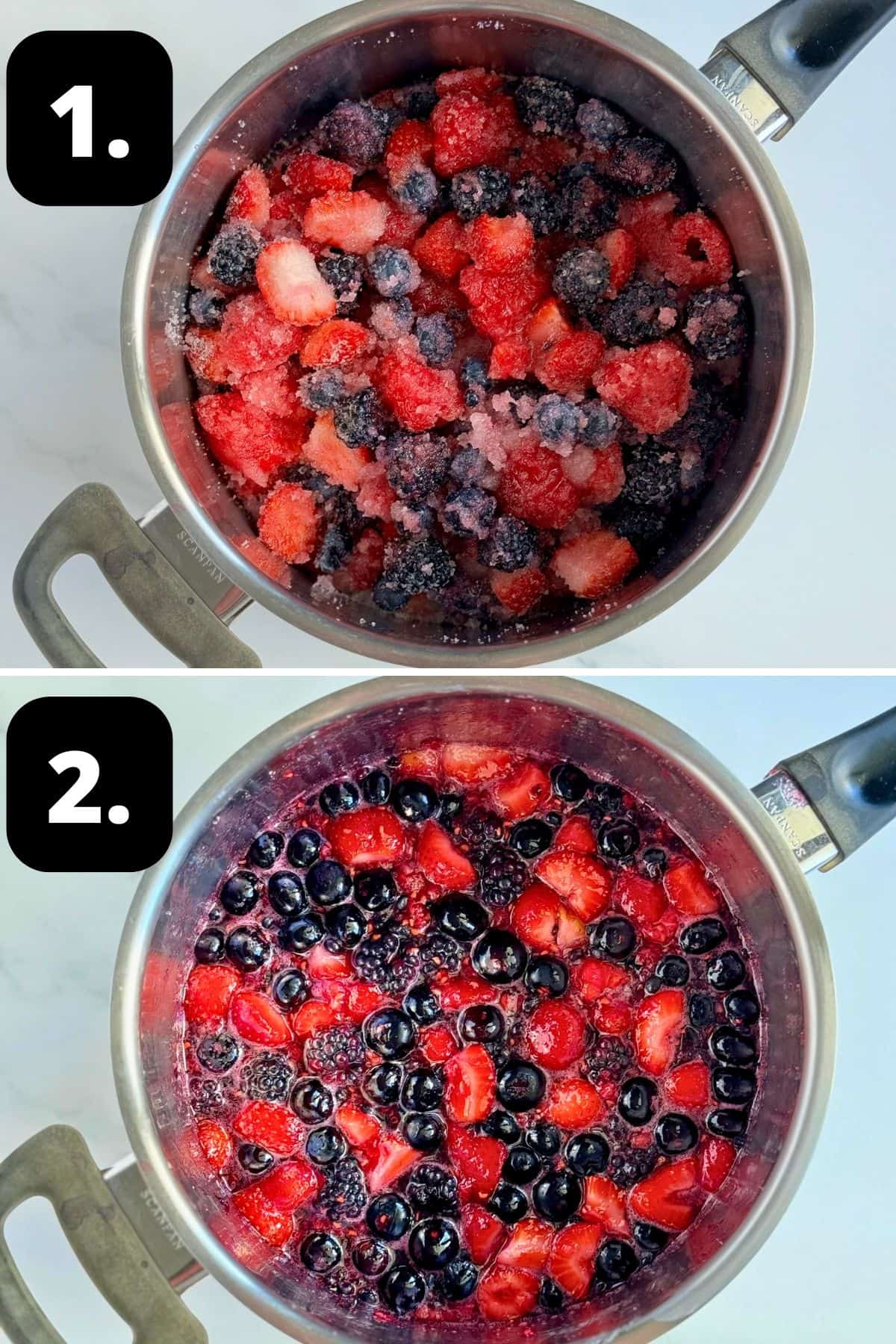
1 - Add your ingredients to a saucepan:
To a large saucepan, add the berries, lemon juice and sugar. Turn the heat on low, and stir until the sugar dissolves.
2 - Cook the mixture:
Once the sugar has dissolved, increase the heat and bring to a rolling boil. Stir regularly.

3 - Test for setting point:
Turn off the heat and spoon a little of the jam onto a chilled saucer. Let it stand for 30 seconds to cool, then run your finger through it. If it wrinkles, it is ready. If it is still quite liquid, put it back on the heat and boil before retesting.
4 - Add to your jars:
Allow the Mixed Berry Jam to sit before carefully ladling into jars. This helps the chunks of fruit to disperse evenly throughout the jam. Remove any scum from the top of the jam with a clean spoon.
Carefully ladle your jam into the hot jars and put the lids on to seal. After cooling, wipe the jars to remove any spills, and store in a cool, dark place.
Hint: when making your own preserves, always ensure you sterilise the jars you will store them in. This is very simple to do, and we have instructions in the recipe below.
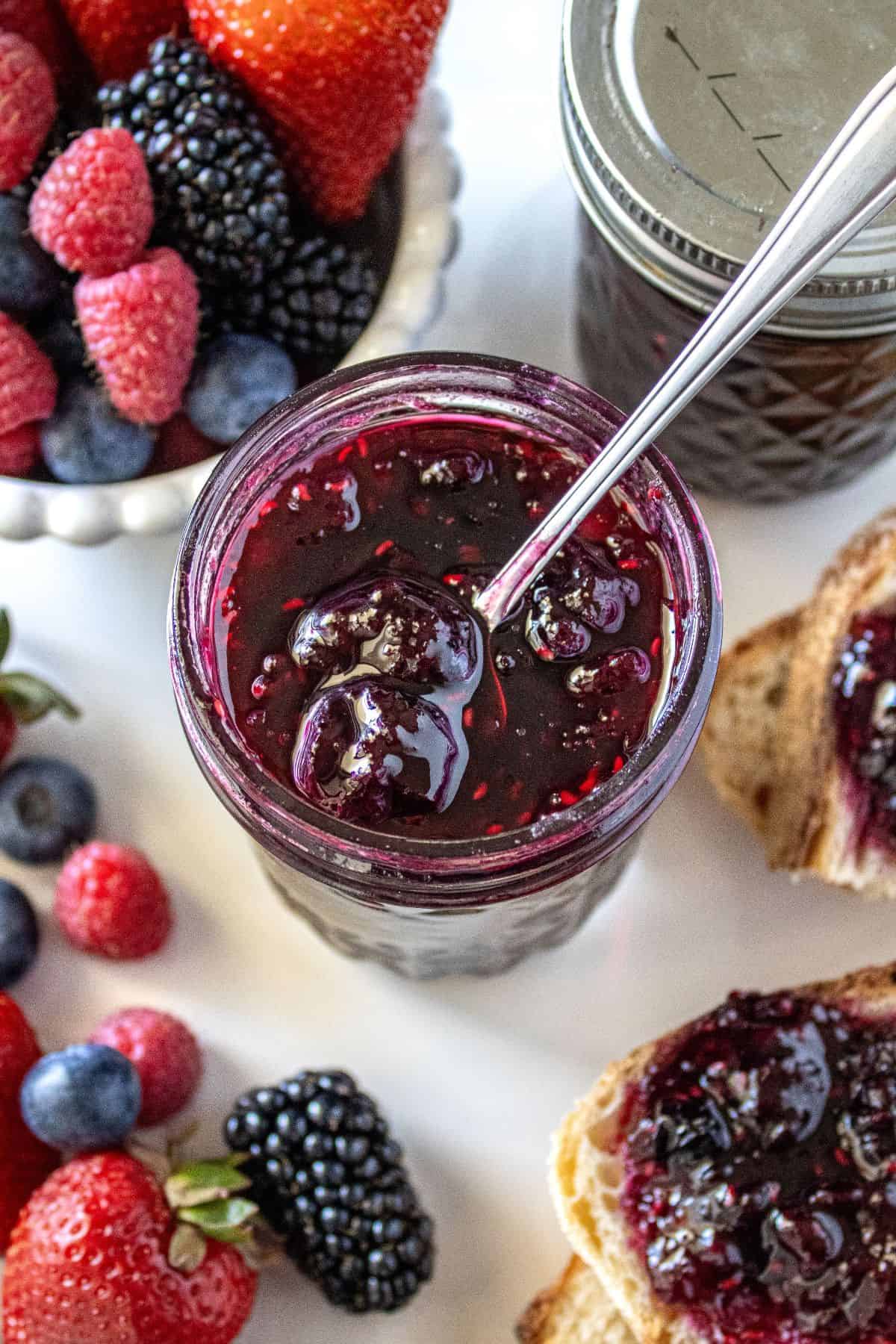
Tips for Success, Storage and FAQs:
If you follow the instructions in the recipe to thoroughly sterilise the jars you use, don't reduce the amount of sugar and cook the jam properly, the jam will be shelf-stable for a year. After opening a jar, you should store it in the fridge and be sure to always use a clean spoon to remove the jam.
Pectin is a naturally occurring starch that is found in varying degrees in fruits and vegetables. It is what makes jams and jellies firm when they are cool. When combined with acid (lemon juice) and sugar, and cooked to a high temperature, it forms a gel. As berries are not naturally high in pectin, I add a small amount of lemon juice to boost the pectin content.
Conventional jam requires a lot of sugar. When you see it weighed out, it may be slightly alarming, but please don't reduce the amount of sugar. The sugar not only sweetens the fruit but also helps the jam to set and acts as a preservative. If you reduce the sugar, your jam may not be shelf stable.
Lemon plays an important role in jam-making. It is high in pectin. Further, the acidity of the lemon helps balance the sweetness.
Good quality fruit that is frozen fresh and isn't overly icy can be used. It can be used from frozen. The cooking times will be similar - just test as per the recipe.
Top Tip:
For the best result, choose good quality, freshly picked berries. Avoid any that are over-ripe or bruised, as they may cause the jam to spoil. However, if you have some that are slightly unripe, don't hesitate to use them. They also assist with setting as they contain more pectin.
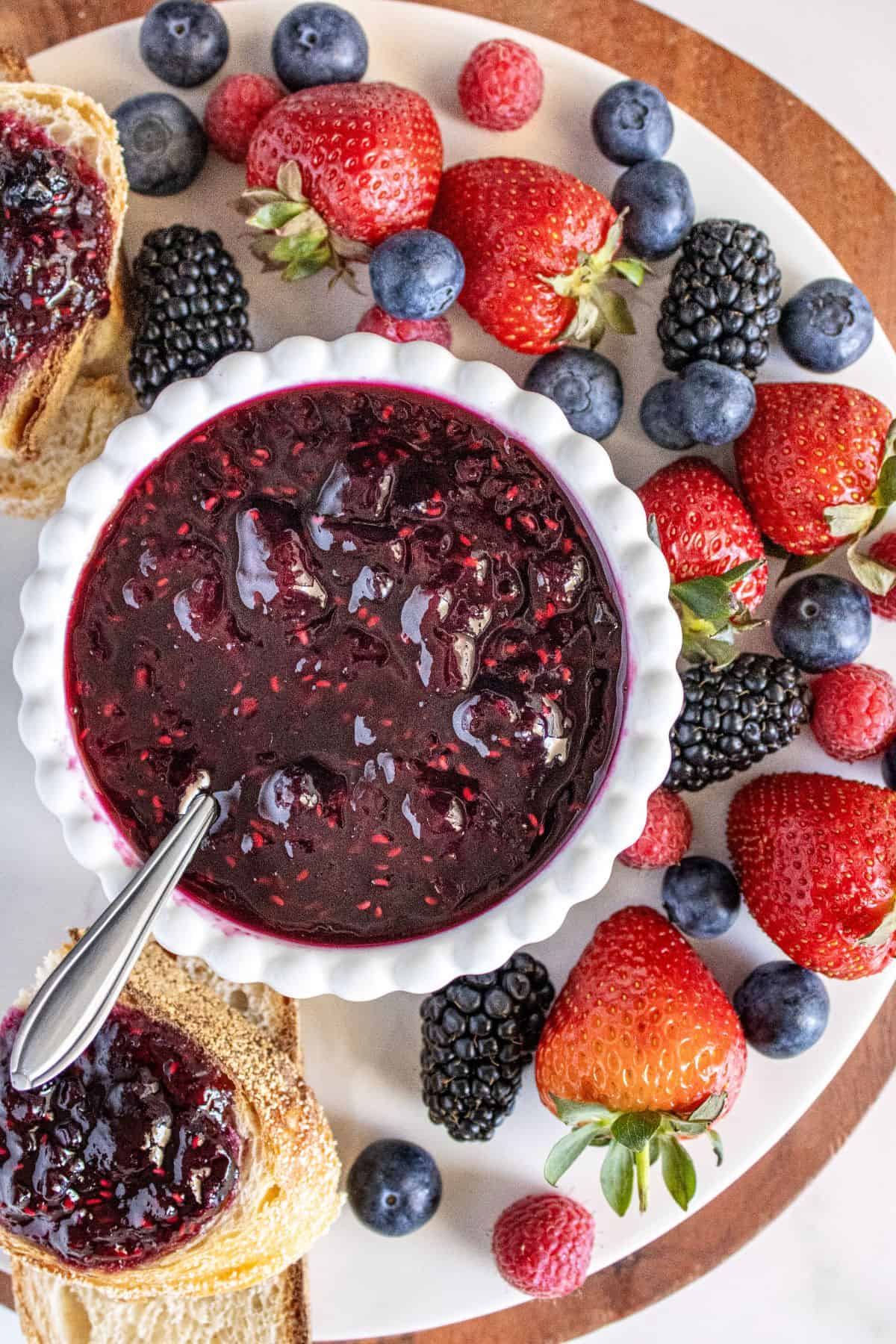
Serving Suggestions:
There are many ways to enjoy this vibrantly flavoured jam. Some suggestions are:
- One of my favourite ways to enjoy the Mixed Berry Jam is with my Mum's Buttermilk Scones. So good!
- Spoon some onto plain Greek Yoghurt; perfect for breakfast or dessert.
- With toast for breakfast - I love it on our Spelt Bread Loaf.
- Use some in our Jam Oatmeal Bars; they're perfect for morning tea or pack into lunch boxes.
- Add to a bowl of porridge.
- Serve with our Oat Flour Waffles.
- It makes a very welcome edible gift; just tie a pretty ribbon around the neck of the jar.
I do hope that you love this jam as much as I do. if this is your first time making jam, once you've perfected the technique you will have the ability to make fresh jam for years to come. You just need to invest a little of your time; when you finish and see your own produce lined up, you will know that it was time well spent.
Alex xx
More Delicious Recipes For You To Try:
Stay in touch!
Follow me on Facebook, Pinterest, Flipboard and Instagram and subscribe to my newsletter.
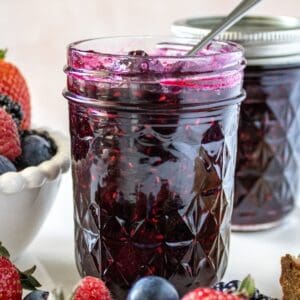
Mixed Berry Jam
Please note:
For accuracy, when weights are provided, we recommend weighing your ingredients. This will produce the best results. All oven temperatures listed are for fan forced.
Ingredients
- 255 g (9 oz) fresh blackberries See Note 1
- 255 g (9 oz) fresh blueberries
- 255 g (9 oz) fresh strawberries
- 255 g (9 oz) fresh raspberries
- 700 g (3 cups + 5 tsp) white granulated sugar See Note 2
- 60 ml (¼ cup) lemon juice - freshly squeezed See Notes 3 and 4
Instructions
Sterilising the Jars:
- Sterilise the jar or jars you'll be using to store the jam. Choose glass jars with an airtight, metal lid and ensure they have been washed by hand in hot soapy water then rinsed well.Check that the metal lids do not have rubber inserts – if they do, allow them to air dry, instead of placing in the oven. Preheat the oven to 130 Degrees C (270 F) and place the jars in the oven for 15-20 minutes.Keep the jars warm.
For the Mixed Berry Jam:
- Place two small saucers or plates in the freezer. See Note 5.
- Wash and thoroughly dry the berries. Cut the blackberries in half. Remove the stem from the strawberries and cut into quarters. The raspberries and blueberries can remain whole. Add the berries, sugar and lemon juice to a large saucepan and mix well with a long-handled wooden spoon.
- Turn the heat on low and stir until the sugar dissolves. (This can take 5-8 minutes)If sugar crystals get caught on the side of the saucepan, scrape down with a spatula.
- Once the sugar is dissolved, increase the heat to a rolling boil.Boil for 15 minutes, stirring frequently. After 15 minutes, begin to check for the setting point. Your jam will likely take between 15-20 minutes, but it will depend on the width of your saucepan and how rapidly the jam is boiling.
- Turn off heat and spoon a little of the jam onto one of your chilled saucers.Let it stand for 30 seconds to cool, and then run your finger through it. If it wrinkles, even slightly, it is ready. If it is still quite liquid, put it back on the heat and boil for a further 1-2 minutes, and retest until ready. Alternatively, you could use a candy thermometer. Setting point is reached when the thermometer reaches 105 Degrees C (220 F).
- Skim any scum off the top of the jam with a spoon.
- Allow the jam to sit for 5 minutes to allow the fruit to disperse evenly.
- Carefully ladle your jam into your hot jars and put the lids on immediately. Allow the jam to cool completely. Wipe the jars to remove any spills, and store the jam in a cool, dark place.
Notes
- Berries: ensure your fruit is freshly picked and of good quality. Avoid fruit that is bruised or over-ripe. The berries contain pectin which aids in the jam setting. If your fruit is older, it will contain less pectin. I have used equal quantities of fruit, but if you had less raspberries and more blueberries etc., then that is fine. Good quality fruit that is frozen fresh and isn't overly icy can be used. It can be used from frozen. The cooking times will be similar - just test as per the recipe.
- Sugar: Do not reduce the amount of sugar. Whilst the sugar sweetens the fruit it also acts as a preservative and helps the jam to set. If you reduce the sugar, your jam may not be thick enough or shelf-stable.
- Lemon juice: not only balances the sweetness of the sugar, but it also contains acid and pectin, which help to set the jam.
- Sterilising the jars: properly sterilising your jars is an essential process to remove bacteria that could cause your preserves to spoil.
- Chilled plates: we use the chilled plates to quickly cool the jam when testing the setting point.
- Saucepan: I choose a large saucepan that has enough height to enable the jam to boil vigorously. More surface area means the liquid will evaporate faster; having sufficient height means you can boil the jam at a higher heat and maintain the fresh flavour of the mixed berries. Avoid aluminium, copper or iron pans; the acid in the fruit may react with the pan, giving the jam a metallic taste.
- Wooden spoon: do not use a metal spoon - it will become very hot. A long-handled wooden spoon is important to avoid being burnt by a splash from boiling jam.
- Setting point: my jam reached its setting point about 18 minutes after it began to boil rapidly. Boiling time will vary depending on the size of your saucepan and the heat that you apply.
- Immersion blender: if you prefer a smoother jam, carefully use an immersion blender, once you have taken the Mixed Berry Jam off the heat. The photos show the non-blended jam.
- Storage: when the recipe is made according to instructions and the jars have been sterilised properly, the jam will be shelf-stable for up to a year when stored in a cool, dark place. A jar should be refrigerated after opening. This recipe has not been tested using a canning method. Please refer to the USDA Canning Guidelines for techniques, or follow a recipe designed for long-term canning.
- Nutritional information: is based on one whole jar. The nutritional information is an estimate only.
Nutrition Estimate:
Nutritional Disclaimer:
The nutritional information is an estimate only, and is derived from online calculators. For accurate results, we recommend calculating the nutritional information based on the ingredients and brands you use.


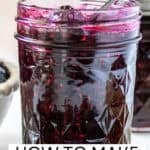
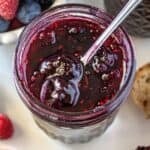



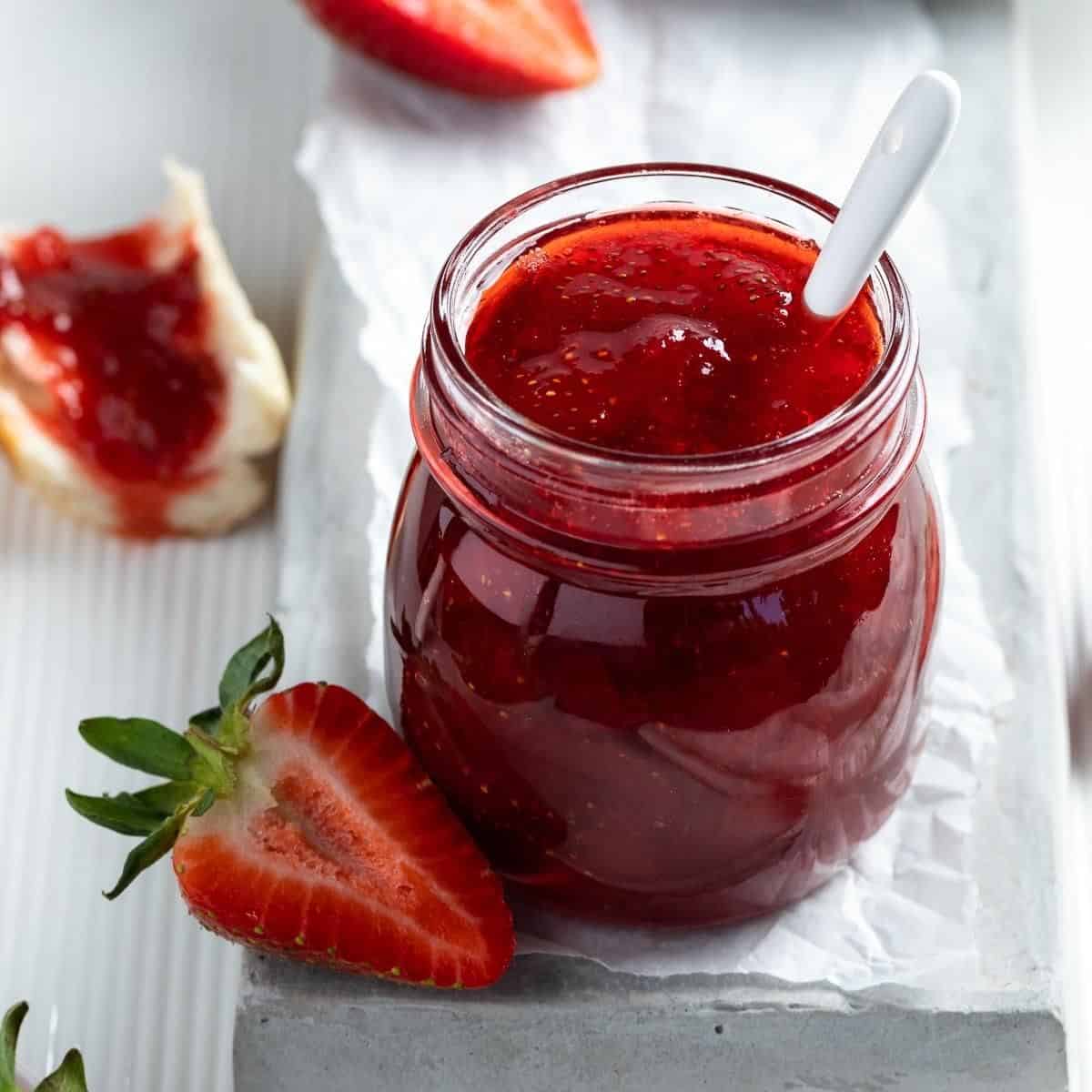
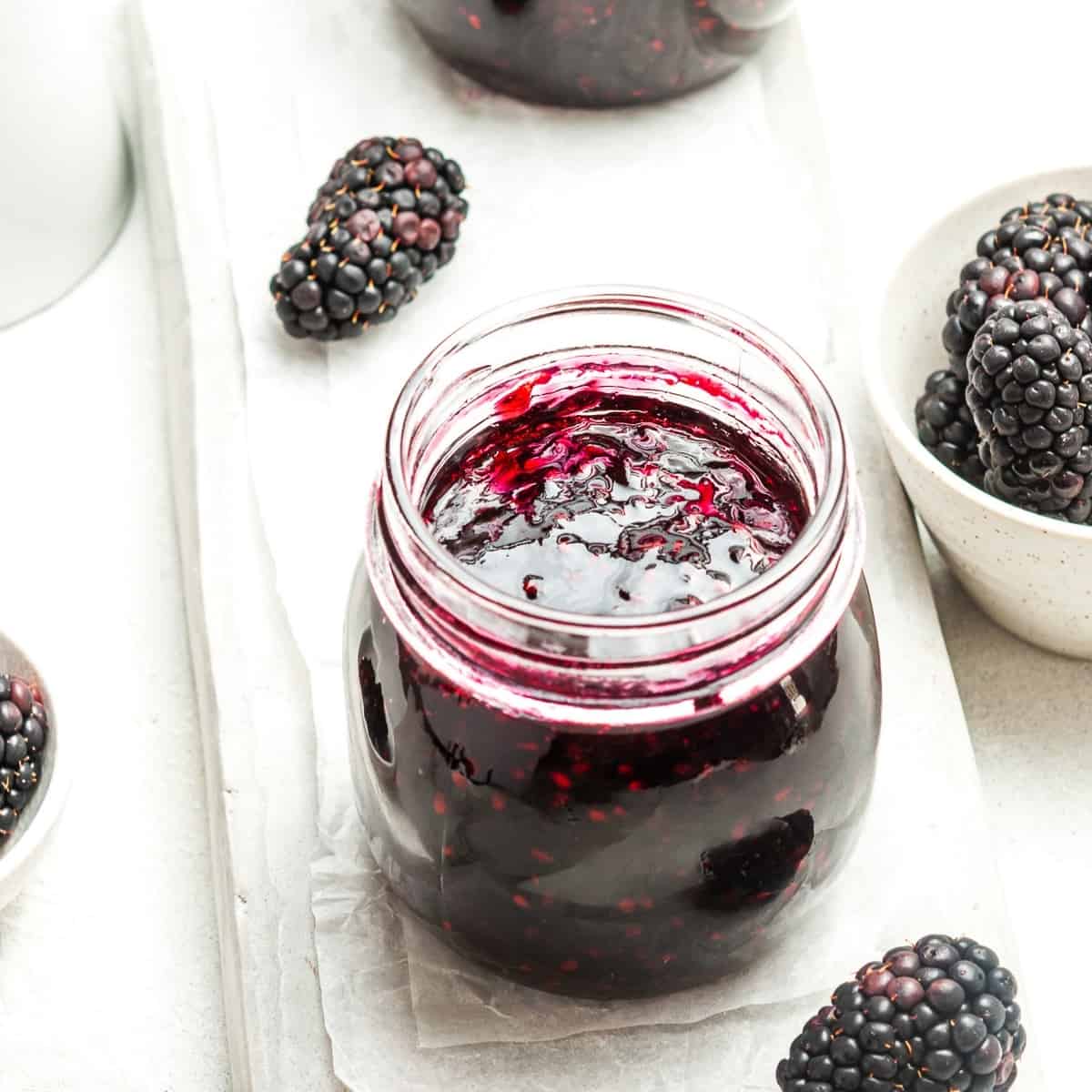

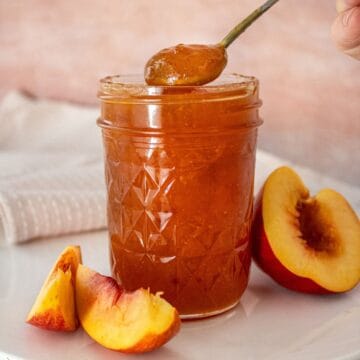
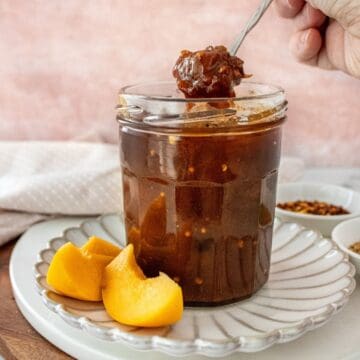

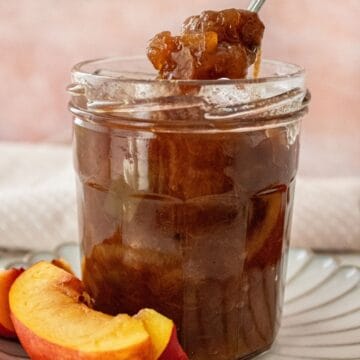
Rebecca says
I am a jam fan and this one is delicious! We've been enjoying it on pancakes and crepes.
Alexandra Cook says
Thank you, Rebecca!
That sounds lovely. Alex xo